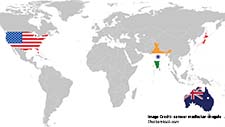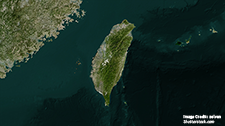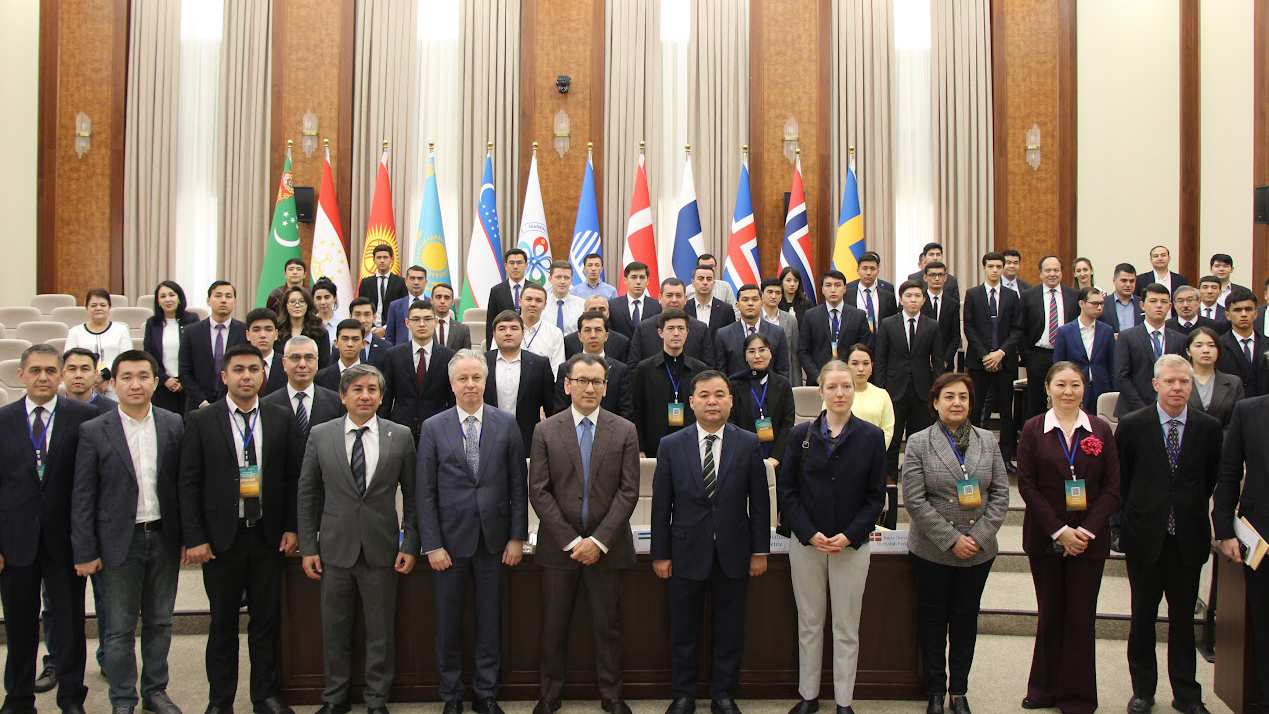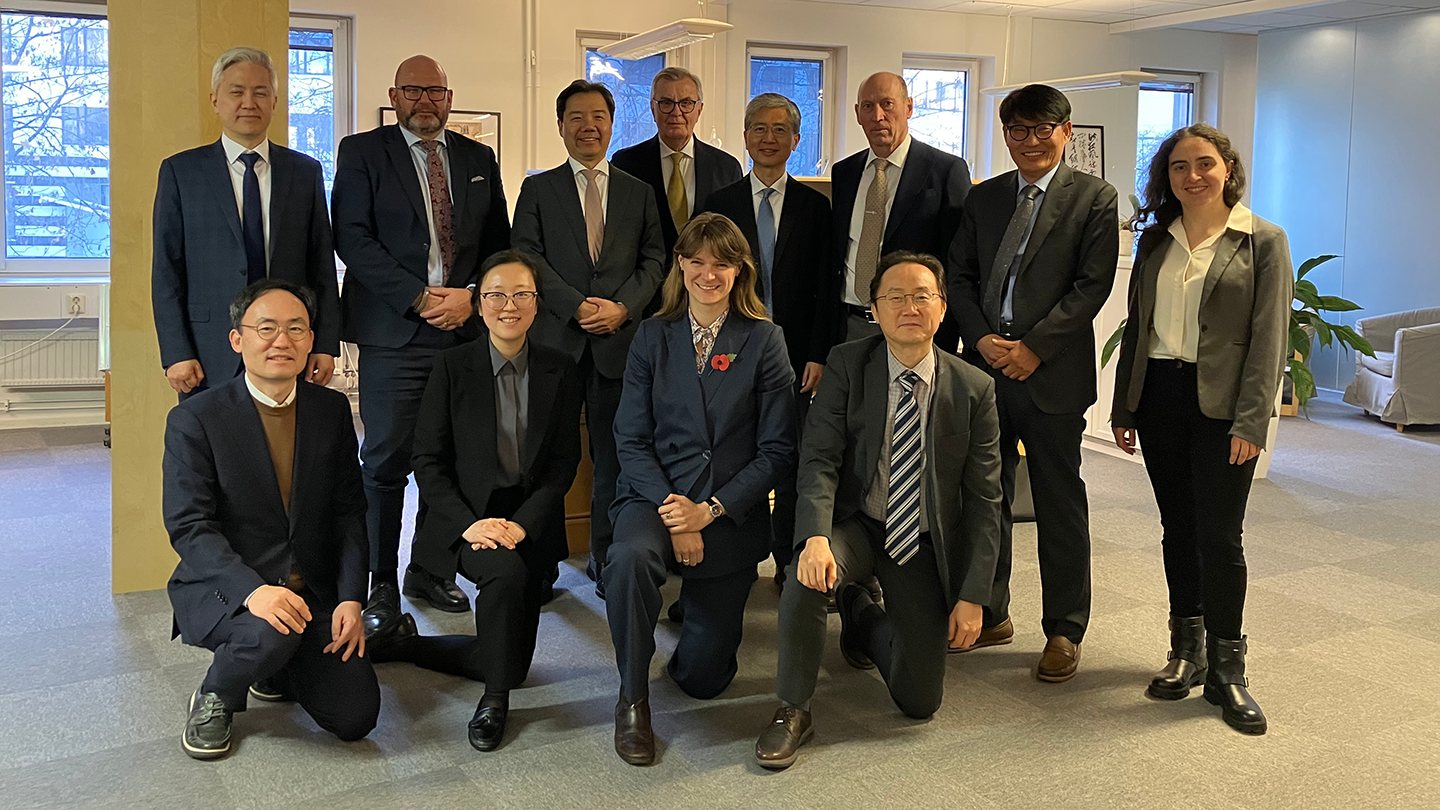-

Green Transition: Taiwan’s Climate Strategy and Prospects for EU Cooperation
This special paper, edited by Yi-Chieh Chen and Maud Descamps, argues that for Taiwan, climate action is not only an environmental imperative but also a diplomatic opportunity. As the European Union (EU) prioritizes climate leadership, Taiwan sees potential to strengthen ties with like-minded partners and enhance its international visibility. It is unclear to what extent this strategy will be effective, but it is an important force driving Taiwan’s net-zero emission efforts, argues this special paper. This Paper is part of ISDP’s Taiwan Studies Project and is undertaken by its Stockholm Taiwan Center. ISDP extends its gratitude to the contributors who brought informative insights from diverse perspectives. Additionally, we extend our gratitude to the support from the Taipei Mission in Sweden, which enabled the realization of this edited volume.
-
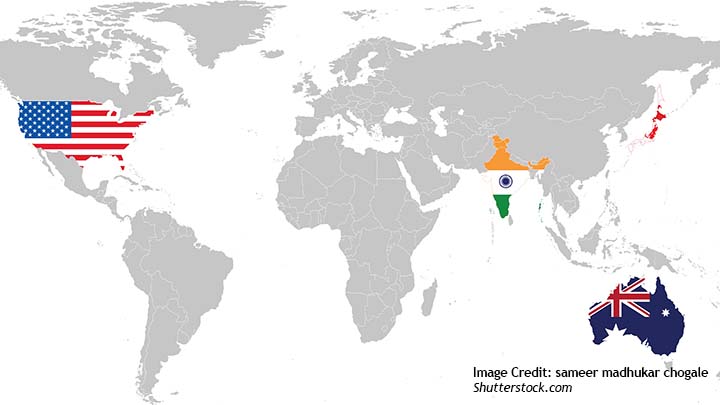
Indo-Pacific Unbound | Trump, China, and the Contest for the Asian Century
Jagannath Panda writes about the emerging dynamics in the Indo-Pacific arising from President Donald Trump's cold approach and China's assertive behavior in the region. He writes that the Indo-Pacific has become the gravitational center of world politics, a vast maritime expanse that connects economies, civilizations, supply chains, and contesting visions of power. Yet the questions confronting policymakers today are profound and immediate: Can the Indo-Pacific sustain its momentum amid Donald Trump’s return and China’s accelerating assertiveness? Will the region’s economic and strategic coherence endure if the United States turns inward again, emphasizing transactional diplomacy over alliance stewardship? Read the article here.
-
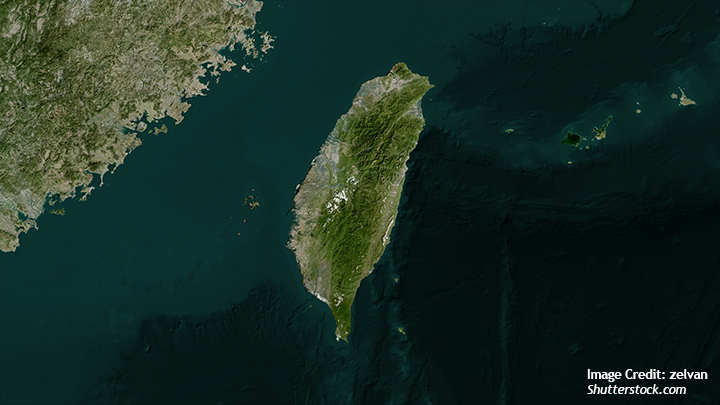
Taiwan’s Sports Diplomacy: Expanding Nation Branding Beyond Politics and Technology
Taiwan’s unique position in the international community presents a challenging environment for Taipei to build and sustain relations with other countries. In response to these constraints, Taiwan has developed several innovative approaches to enhance its international image, strengthen its global presence, and deepen connections with like-minded partners. Among these efforts, sports diplomacy, a form of informal diplomacy, has been increasingly valued by Taipei in recent years. The establishment of the Ministry of Sports (MOS) reflects this ongoing trend and Taipei’s intent to leverage sports for diplomatic purposes. This issue brief by Yi-Chieh Chen examines Taiwan’s nation-branding strategies, traces the evolution of its sports diplomacy, and evaluates the opportunities and constraints associated with the creation of the MOS. Read the issue brief here.
-
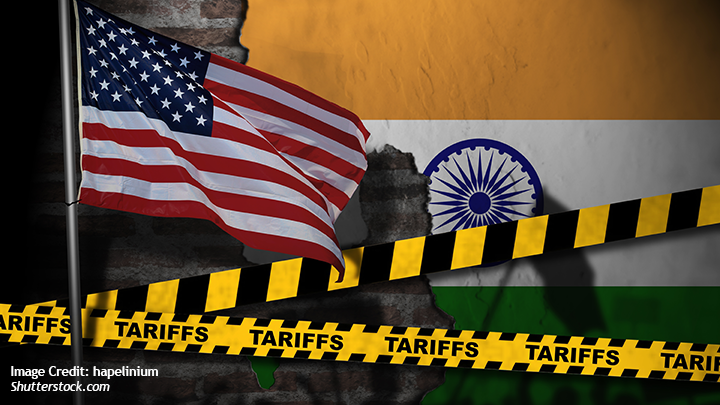
Rupture in the India-U.S. Relationship: An Indian Perspective
The India-United States relations have experienced considerable strain in recent times. The U.S. President has imposed reciprocal tariffs as well as additional tariffs on India for its Russian oil imports. These abrupt actions have disrupted a bilateral partnership that, over nearly two decades, had grown into one of the world’s most consequential, built on convergences in economic, defense, and technological cooperation as well as shared interests in maintaining a favorable balance of power in the Indo-Pacific region. However, in President Trump’s second term, longstanding areas of divergence have intensified, testing the resilience of the partnership. Yet, at an institutional level, both foreign policy establishments appear to be committed to overcoming the breach. This Focus Asia paper by Sanjay Pulipaka and Cauvery Ganapathy critically evaluates the emerging cleavages and assesses the inherent strategic value each partner brings to the bilateral. It also considers potential recalibrations, grounded in the capacity of two mature democracies to navigate the differences in strategic perception and sustain long-term cooperation. Read and download this Focus Asia paper here.
-

Webinar Report: Maritime Security Governance and the Future Challenges
Maritime security in the Indo-Pacific has grown increasingly complex amid rapid technological and geopolitical change. In this context, the Institute for Security & Development Policy (ISDP), in collaboration with Murdoch University’s Indo-Pacific Research Centre (IPRC), convened a lecture by Captain Sarabjeet S. Parmar (Retd), Distinguished Fellow at the Centre for Strategy and Defence Research (CSDR), on the theme Maritime Security Governance and the Future Challenges. This webinar report summarizes Captain Parmar’s presentation and the subsequent discussion, which examined the evolving dynamics of maritime security in the Indo-Pacific. Read and download the report here.
-

A New Liberal Order in the Making?
The post-World War II liberal international order, characterized by the U.S. leadership, its alliances both in Europe and Asia, free trade, democratic partnerships, rule-making, and multilateral institution-building, among other features, is facing an intense crisis of governance and faith. China has amped up its economic, military, and technological advances with the intent to undermine the U.S.-led existing order and to create a new China-led international order. This publication—a part of a joint project by The Prospect Foundation (PF), the Institute for Security and Development Policy (ISDP), and the Kajima Institute of International Peace (KIIP)—is the second in a series that attempts to provide fresh perspectives on the theme “Future of International Order based on Liberalism.” Download and read this publication here.
-

Report of the Digital Taiwan Online Lecture Series. Taiwan in Limbo: Challenges and Prospects for Participation in the United Nations System
The Stockholm Taiwan Center of the Institute for Security and Development Policy hosted a webinar as part of the Digital Taiwan Lecture Series on September 12, 2025, to explore Taiwan’s ongoing efforts to engage with the United Nations (UN) system and discuss how current geopolitical dynamics may impact Taiwan’s future participation in the international arena. Dr. Antonina Luszczykiewicz-Mendis and Dr. Zsuzsa Anna Ferenczy were the two speakers, with Dr. Niklas Swanström, Executive Director at ISDP, and Dr. Klement Ruey-Sheng Gu, former Representative of the Taipei Mission in Stockholm, serving as moderator. This report is an outcome of this online lecture series. Read and download the report here.
-

Information Warfare: How Emerging Technologies Threaten Europe and Taiwan
Niklas Swanström and Yi-Chieh Chen argue that the intersection of emerging technologies and disinformation has created unprecedented challenges for democratic societies, particularly in geopolitically sensitive regions such as Taiwan and Europe. As artificial intelligence (AI), deepfake technology, computer vision algorithms, and social media algorithms become increasingly sophisticated, the landscape of information warfare has transformed dramatically in recent years. This transformation represents not merely an evolution of existing propaganda techniques, but there has been a fundamental shift in how false information is created, disseminated, and consumed internationally. This special publication, featuring a collection of essays edited by Niklas Swanström and Yi-Chieh Chen, aims to disseminate the ongoing challenges and reactions from Taiwan and Europe, while also examining the emerging security challenges and how future actions should be addressed. Read and download the special paper here.
-
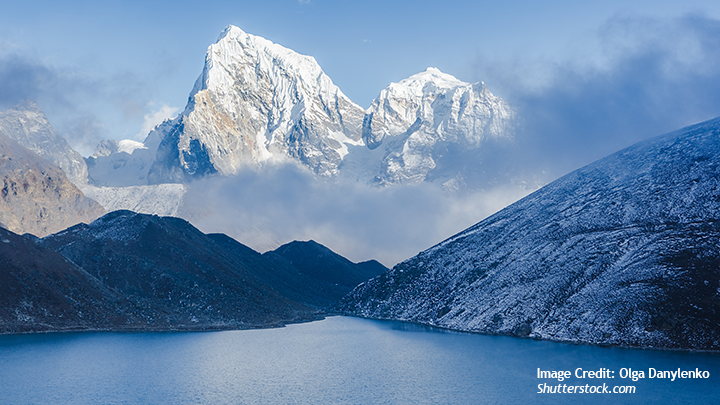
The Himalayas Are Heating Up. Can China and India Cool Their Climate Rivalry?
Attending the event in Belem, Jagannath Panda writes that the COP30 arrived at a moment when global climate diplomacy has become increasingly fractured. He writes that both China and India used the COP30 platform to call for equity, climate finance, and technological justice. Yet, their public convergence masked a deeper reality: the Himalayan ecosystem that both binds and divides them is now warming at nearly twice the global average. The “Third Pole”, the source of Asia’s major rivers and the environmental backbone of almost two billion people, is collapsing under the weight of glacier retreat, erratic monsoons, flash floods, droughts, and unprecedented temperature spikes. In this context, the question grew unavoidable: can China and India, despite their geopolitical unfriendliness, find common ground on this critical ecological frontier? And can the result of COP30 or the UNFCCC process push them toward climate peace, or will old suspicions continue to overshadow any possibility of real environmental cooperation? Read this piece by Jagannath Panda here.

